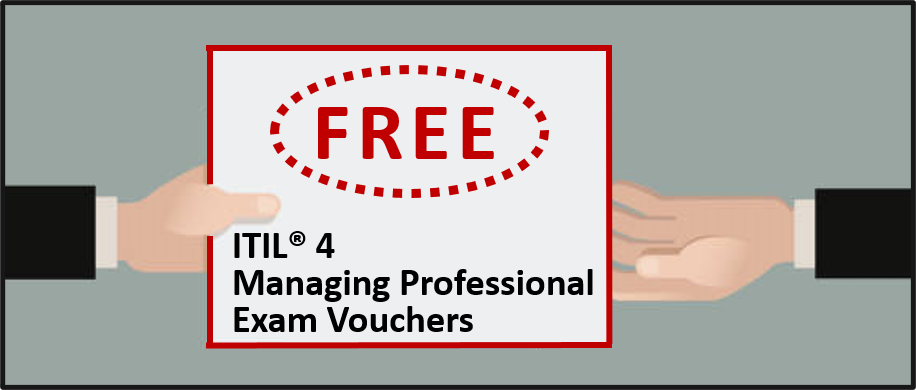By Dr. Suzanne Van Hove
Why Take DPI First?
DPI is the class that I would take first in order to understand the foundational elements of the Service Value Stream (SVS), and to prepare the environment for service creation and delivery, stakeholder management, and eventually looking at the high-velocity environment.
Focus On The Organization
Looking at the new ITIL® training schema and the importance of service value system, Governance and guiding principles are key to setting up a system that reflects the needs of the organization and consumer. ITIL 4 Direct, Plan and Improve focuses on those aspects, ensuring the foundational principles are in place so that the approving of new/changed products and services is accurate and beneficial to the organization and consumer.
Factors Critical to Your Success
The principles of governance, risk and compliance (GRC) are the main topics of DPI as well as organizational change management (OCM), continual improvement, and measurement and reporting. While these topics are may be a bit on the “non-exciting” side, they are crucial and fundamental to good service delivery.
Ready to Get Started?
Get the 90 Day Special Offer Today!








